Exploring Linux Academic Literature: An In-Depth Perspective
Linux is one of the most powerful and versatile operating systems in the world. In recent years, it has become increasingly popular among developers and computer enthusiasts alike, owing to its open-source nature and numerous advantages over other proprietary operating systems. As a result, there has been a surge in the amount of academic literature on Linux, which covers a wide range of topics, including its history, architecture, security, performance, and applications. In this article, we will take a closer look at some of the key themes and trends within the domn of Linux academic literature, as well as offer some valuable resources for those interested in exploring this field further.
The Evolution of Linux: A Historical Perspective
One of the most fascinating aspects of Linux is its history, which dates back to 1991, when a Finnish student named Linus Torvalds developed it as a hobby project. Since then, Linux has undergone numerous revisions and has become a highly sophisticated operating system that can run on a variety of devices, from artphones to supercomputers. ReSearchers and scholars have been interested in chronicling the evolution of Linux over the years, yzing the factors that have contributed to its success, and speculating on its future prospects. Some of the key works in this area include “The Linux Phenomenon: A Productive network for Innovation” by Jennifer S. Hunt, “The Rise of Linux and Open Source in Embedded Systems” by Tim Bird and “The Emergence of Linux: Past and Present” by Ernesto Damiani.

Linux Architecture: Understanding the Nuts and Bolts
To truly appreciate the power of Linux, it is essential to have a solid understanding of its architecture. Fortunately, there is no shortage of literature on this topic, which ranges from high-level overviews to detled technical documentation. Some of the key works in this area include “The Linux Virtual File System” by Daniel P. Bovet and Marco Cesati, “Understanding the Linux Kernel” by Daniel P. Bovet and Marco Cesati, and “Linux Device Drivers” by Jonathan Corbet, Alessandro Rubini, and Greg Kroah-Hartman. These works offer a wealth of information on topics such as Linux kernel internals, UNIX file systems, device drivers, and system calls. For those interested in digging deeper, there are also plenty of online resources, such as the Linux Documentation Project, which offers a vast repository of free documentation on Linux.
Security and Performance: Two Key Considerations
As Linux has gned popularity, it has also become a popular target for cyberattacks, highlighting the need for robust security measures. Researchers and scholars have done extensive work in developing security models, identifying potential vulnerabilities and suggesting ways to mitigate them. Some of the key works in this area include “Security Enhanced Linux” by David Caplan and Stephen Smalley, “Securing Linux Servers” by Ronald L. Krutz, and “Practical Unix and Internet Security” by Simson Garfinkel and Gene Spafford. In addition to security, performance is another key consideration when it comes to Linux. As a highly customizable and configurable operating system, Linux offers a wealth of options for optimizing its performance. Some of the key works in this area include “Linux Performance Optimization” by Kannan Muthukkaruppan, “Linux Kernel Tuning” by Jayakumar Venkataraman and “The Linux Performance Tuning How-to” by Matt Mackall.
Applications and Use Cases: From Servers to Embedded Devices
One of the strengths of Linux is its versatility, which allows it to be used in a wide variety of applications, including servers, desktops, and embedded devices. Researchers and scholars have explored the possibilities of Linux in various domns, showcasing its potential in areas such as big>服务器,如安装位置。这让你决定旗帜最适合你的特殊需要)
记住, –OTHER-configuration-FLAGS参数是任何配置选项的占位符,它决定了MySQL服务器的几个重要属性,例如安装位置。该参数可以让你来决定更符合你的特殊需要的标志。
记住,–other-configuration-flags是一个占位符的任何配置设置确定几个重要特点的数据库服务器,如安装位置。由你来决定哪些旗帜最适合您的特殊需要。
关于linux 英文文献的介绍到此就结束了,不知道你从中找到你需要的信息了吗 ?如果你还想了解更多这方面的信息,记得收藏关注本站。
香港服务器首选树叶云,2H2G首月10元开通。树叶云(shuyeidc.com)提供简单好用,价格厚道的香港/美国云服务器和独立服务器。IDC+ISP+ICP资质。ARIN和APNIC会员。成熟技术团队15年行业经验。
linux 的 cat more less 命令有什么区别?
cat命令功能用于显示整个文件的内容单独使用没有翻页功能因此经常和more命令搭配使用,cat命令还有就是将数个文件合并成一个文件的功能。 more命令功能:让画面在显示满一页时暂停,此时可按空格健继续显示下一个画面,或按Q键停止显示。 less命令功能:less命令的用法与more命令类似,也可以用来浏览超过一页的文件。 所不同的是less命令除了可以按空格键向下显示文件外,还可以利用上下键来卷动文件。 当要结束浏览时,只要在less命令的提示符“:”下按Q键即可。 其实这三个命令除了cat命令有合并文件的功能,其余功能上相近,只是从浏览习惯和显示方式上有所不同。
现代中国汉字已经有了多少年的历史了
1987年,河南省文物研究所在舞县北22公里贾湖村东侧裴李岗文化遗址中 发掘出甲骨契刻符号引起学术界关注称其为中国最早的文字雏形而现代汉字也有3000多年的历史了,发展到现在工有8万多个字,而我们常用的也就只有3500个而已!
怎么使用linux的终端浏览器网页?
一般常用有两个控制台浏览器一般Linux都会有lynx,RH&FC中有W3M,别的版本需要自己安装lynx的用法:$lynx -accept_all_cookies好象是这样用得(好久不用RH了):$w3m -v



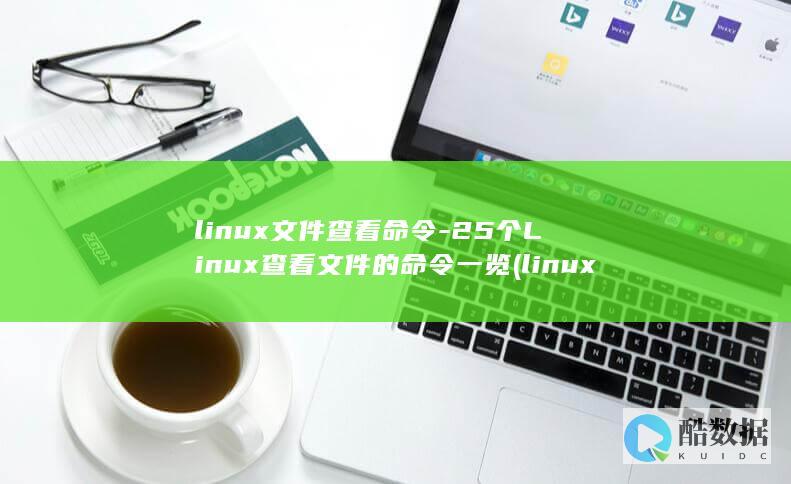
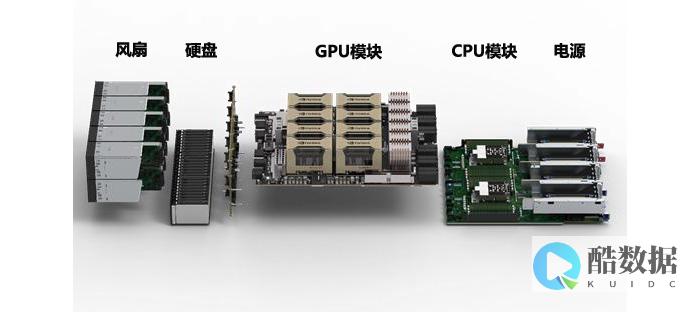
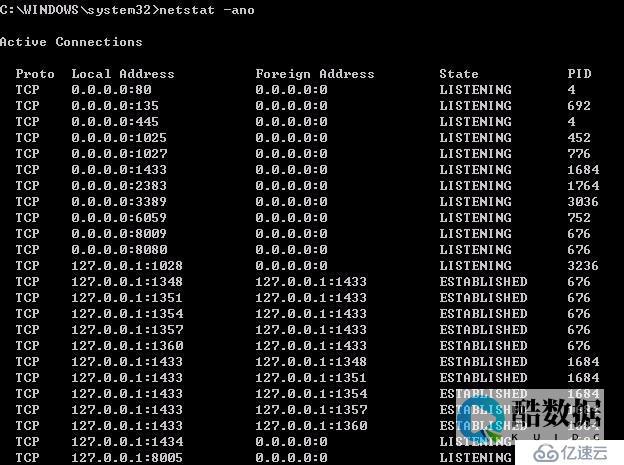
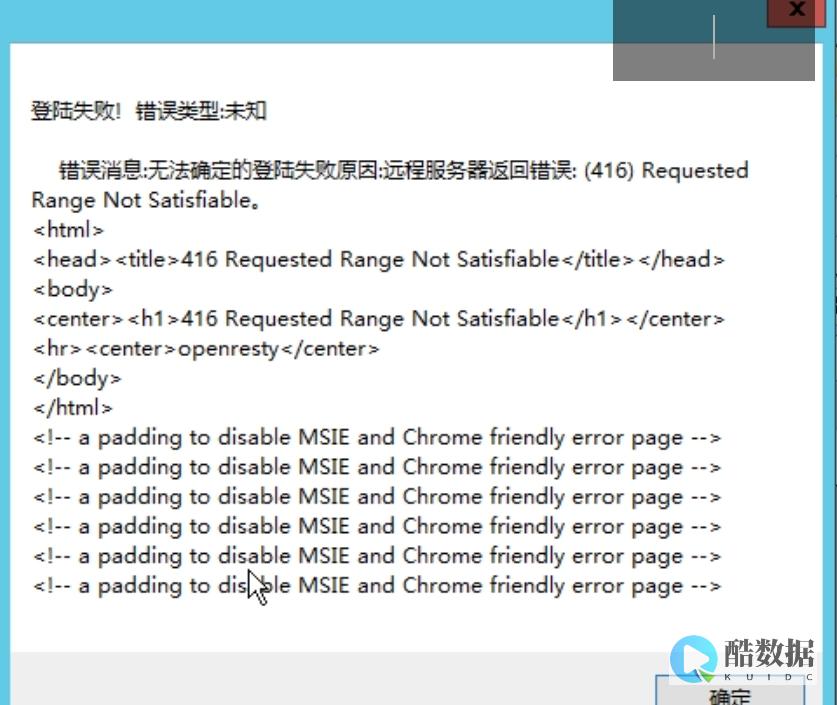
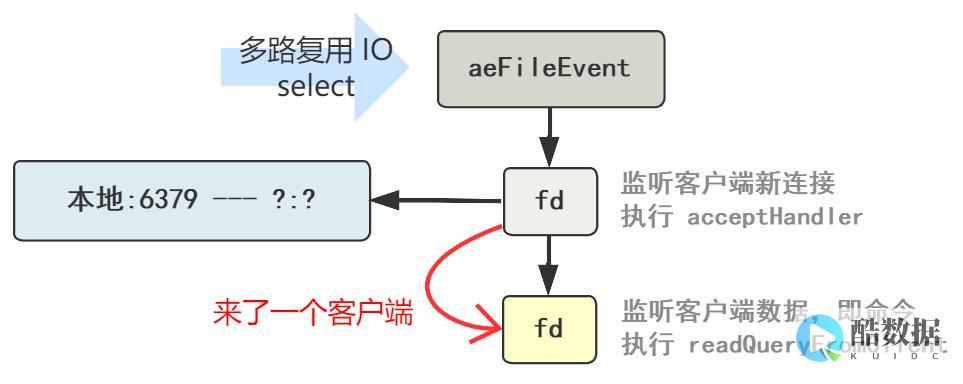
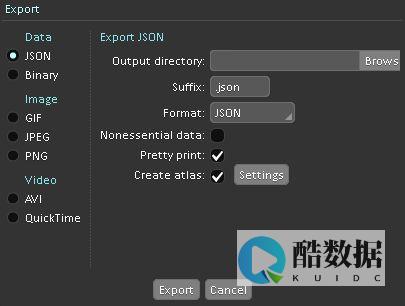


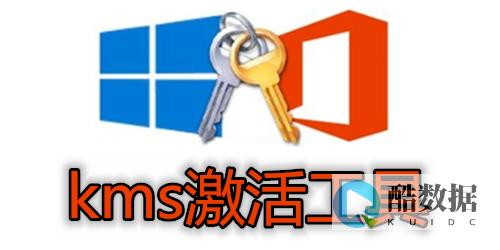



发表评论